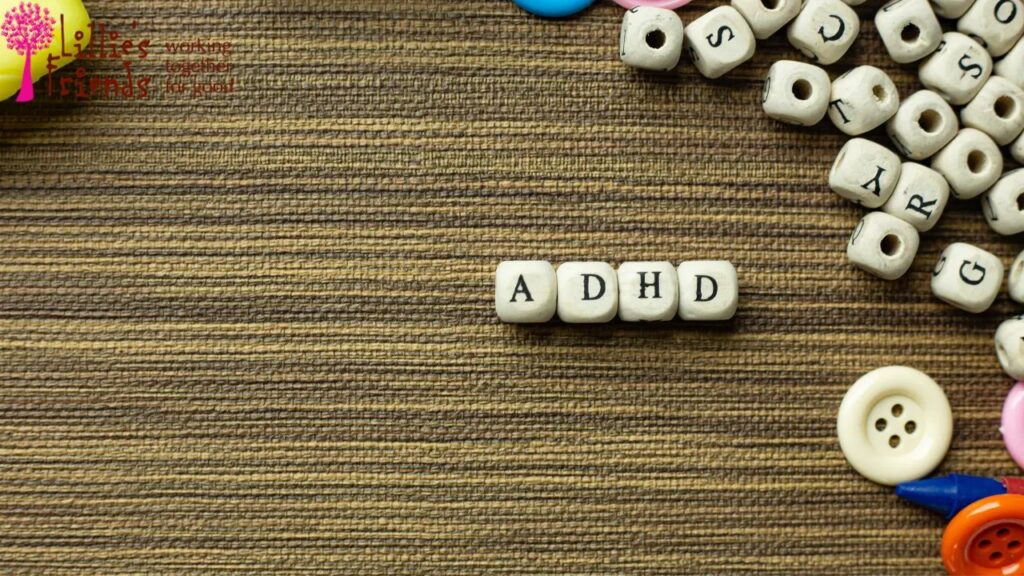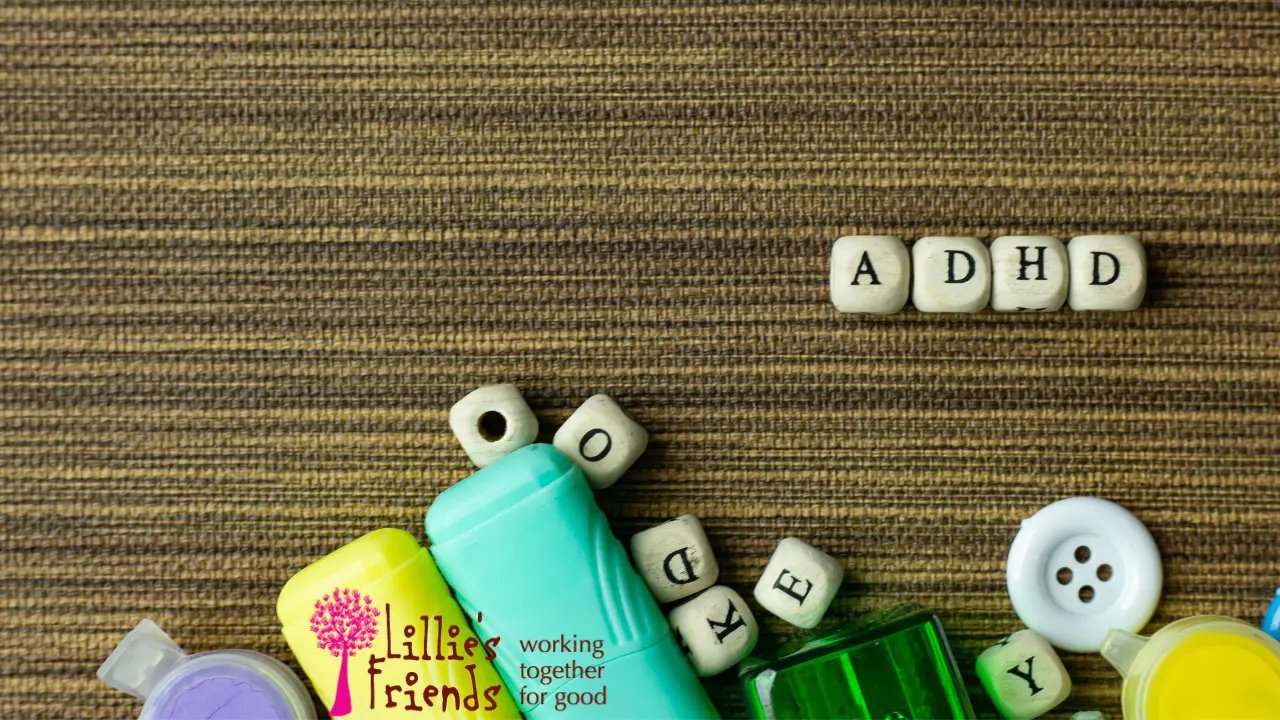Just under 4.4 percent[1*] of adults in the US have ADHD. The main idea behind all definitions of ADHD is that it is a neurological disease characterized by ongoing patterns of not paying attention and/or being too active and impulsive.
ADHD is often found in kids, but the effects can last into adults as well. Still, a lot of people don’t get identified until they are adults. A lot of the time, the signs of ADHD in adults are very similar to those in kids. The main difference is how the adults deal with the symptoms and their surroundings.
There are a number of ways to treat the signs, but first the condition needs to be identified. There is also a type of ADHD that is a mix of the inattentive and hyperactive-impulsive types, so let’s find out more about it.
Just what is ADHD of the Combined Type?
There are three main types of ADHD symptoms that adults generally show. Here they are:
These three types of mental disorders are called presents in the Diagnostic and Statistical Manual of Mental Disorders, 5th edition (DSM-5). In addition, it lists 18 signs of ADHD, 9 for ADHD that is mostly inattentive and 9 for ADHD that is mostly restless and reckless. The ICD-10 number for ADHD mixed type is F90.2.
The DSM-5 says that people can be identified with a mixed type of ADHD if they meet the following conditions:
ADHD: Combined Type. Criteria for Diagnosis
Signs of Combined ADHD
If a person shows signs from both types of ADHD, they can be diagnosed with both types of ADHD. Let’s take a close look at the signs of unattentive and restless ADHD to learn more about them.
Not paying attention signs:
Symptoms of hyperactive-impulsive ADHD:
What Causes the Combined Type of ADHD
The things that cause ADHD are the same for all three types of the disorder. Scientists aren’t sure about the exact cause, though. But they have found some shared risk factors. Some of these are:

How to Treat the Combined Type of ADHD
The same kinds of medicines are used to treat a mixed type of ADHD as for other types of the disease. Some of these are stimulant drugs like Ritalin and Adderall, and some are not stimulant drugs like Strattera and Intuniv. Additionally, psychotherapy can be used on it’s own or along with drug treatment. Most people choose behavioral therapy or cognitive-behavioral treatment in this situation. Both try to change the way a person acts and make their good habits stronger. These also help you learn good ways to deal with signs and behaviors that you don’t want.
In conclusion
Adults with ADHD can suffer a lot because it affects many areas of their lives, such as their jobs, relationships, and personal growth. But the disorder’s symptoms can be managed if the right medicine is chosen based on the symptoms and findings. Mixed-type ADHDers may find it a little harder because they have more than one sign. But it is possible to get great success with a personalized treatment plan.


0 Comments